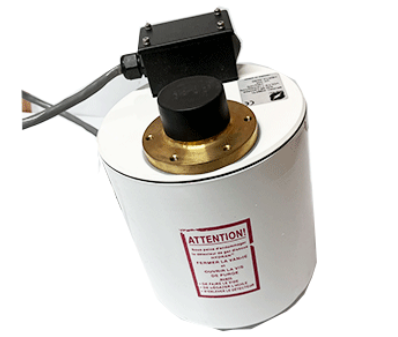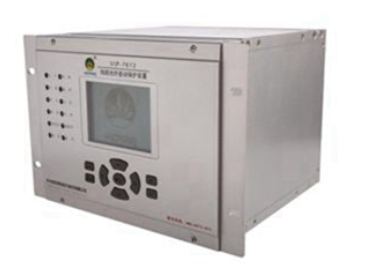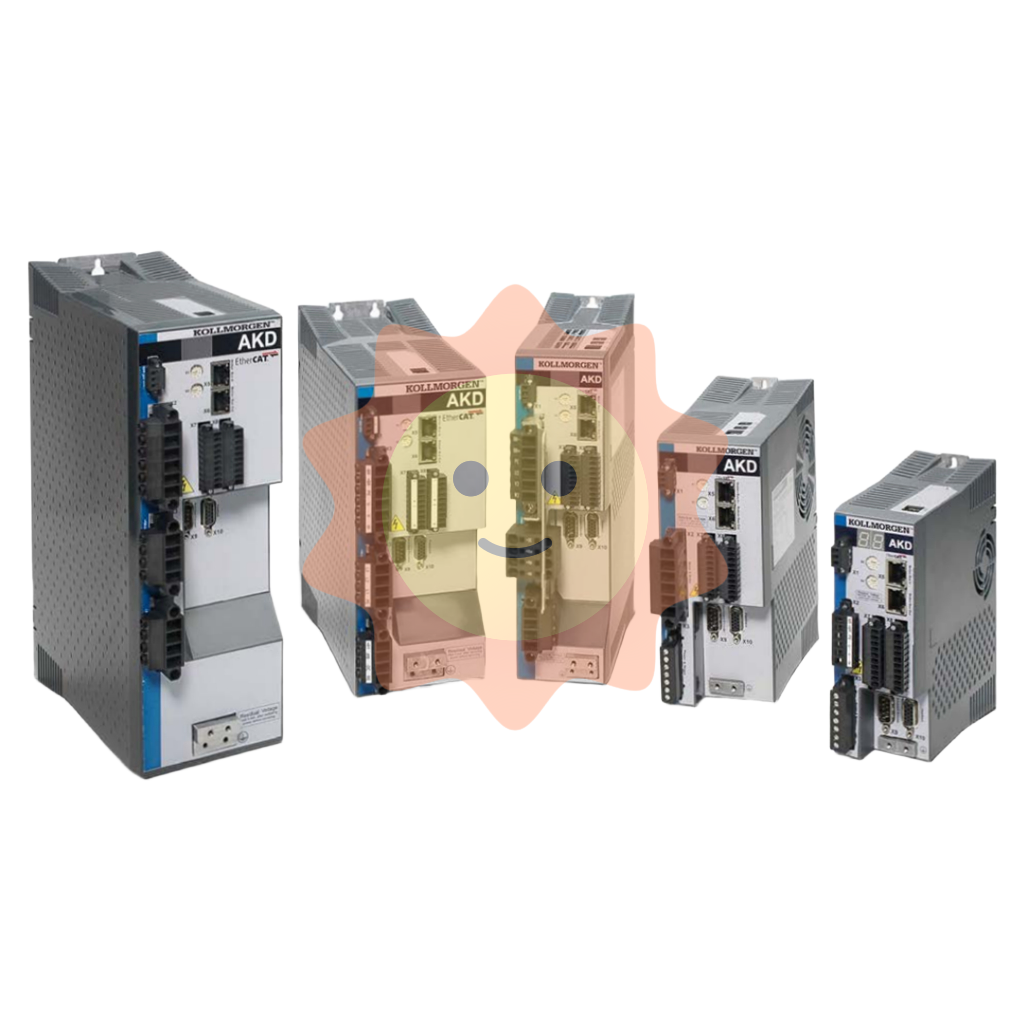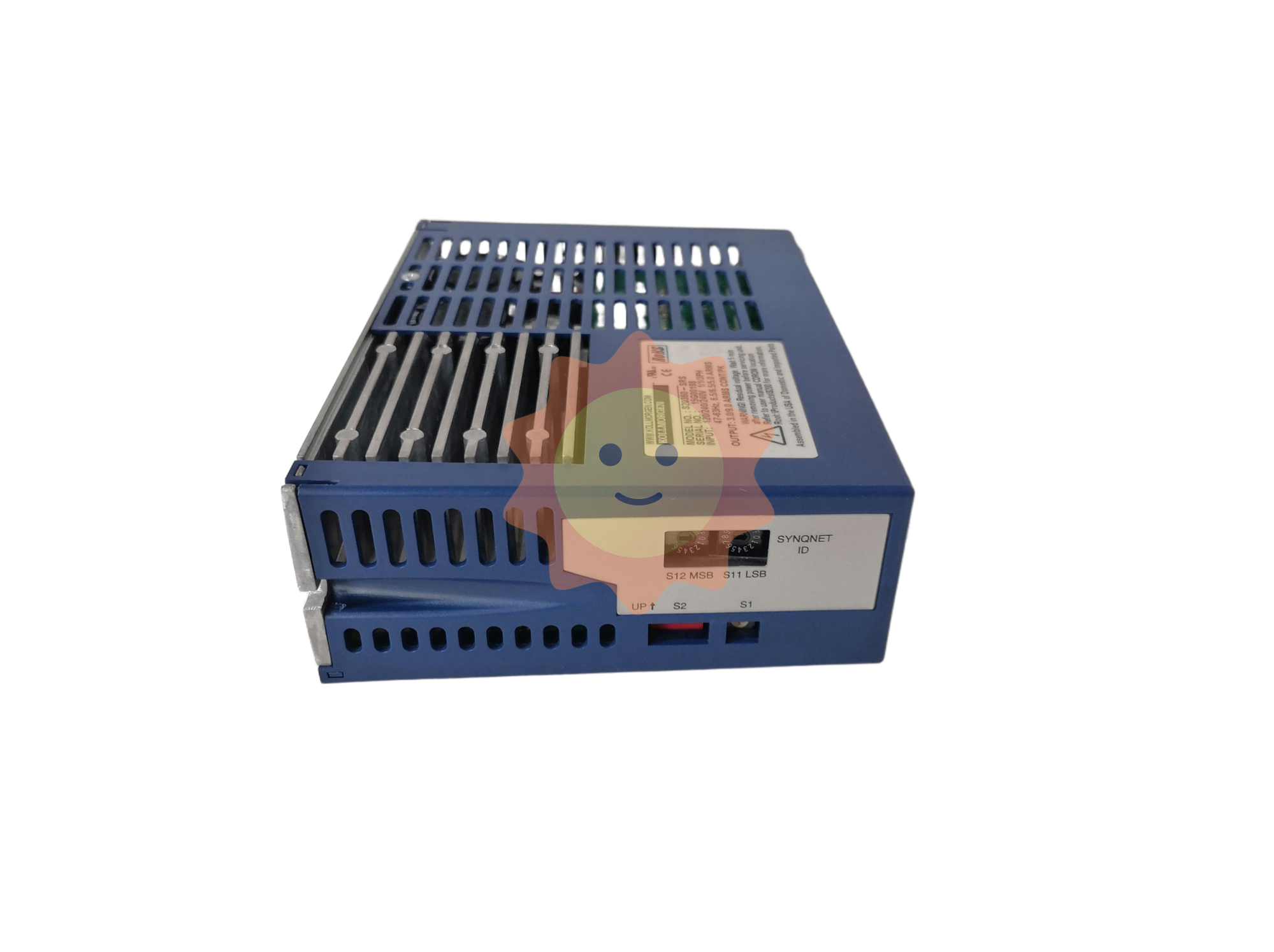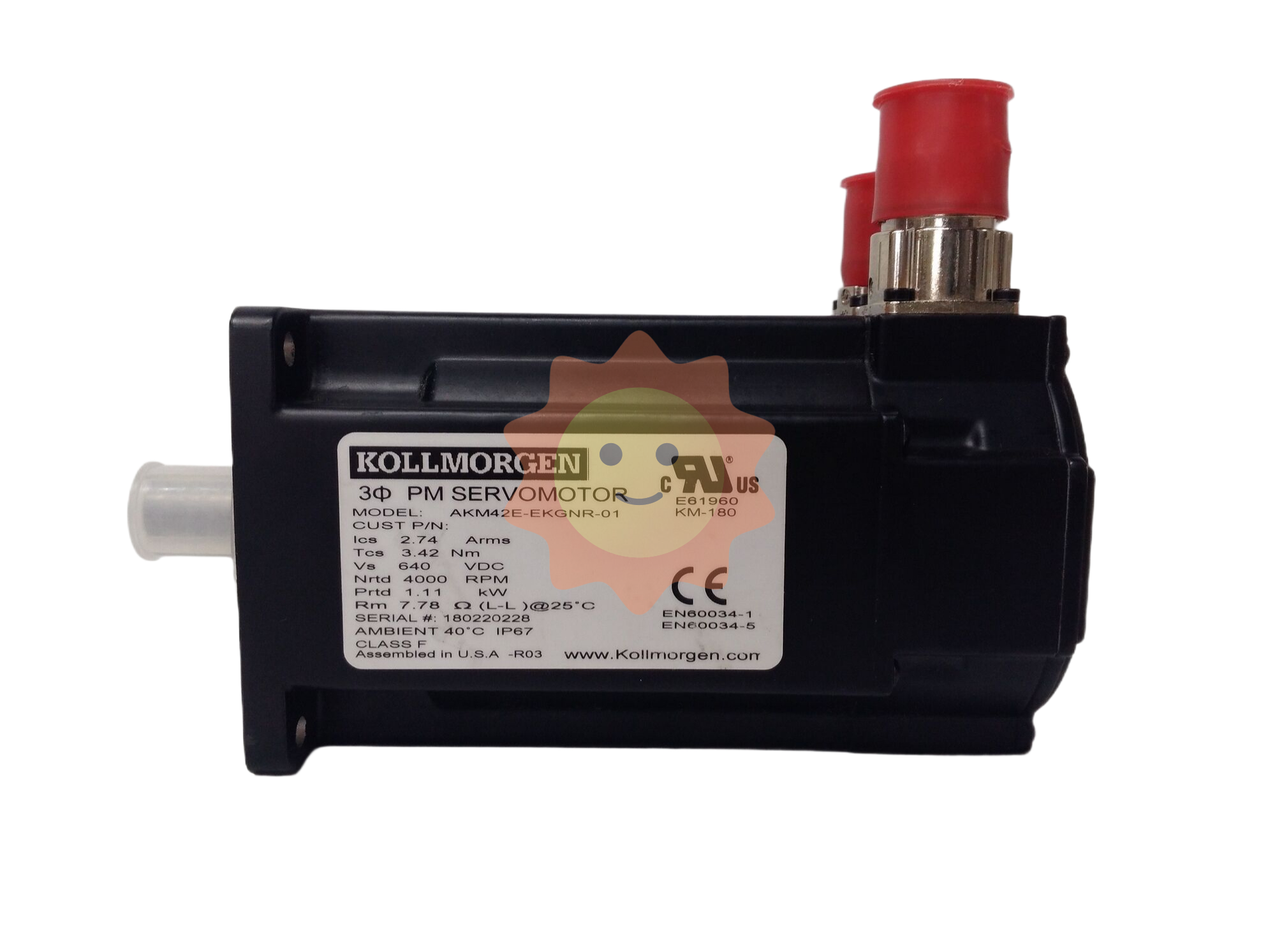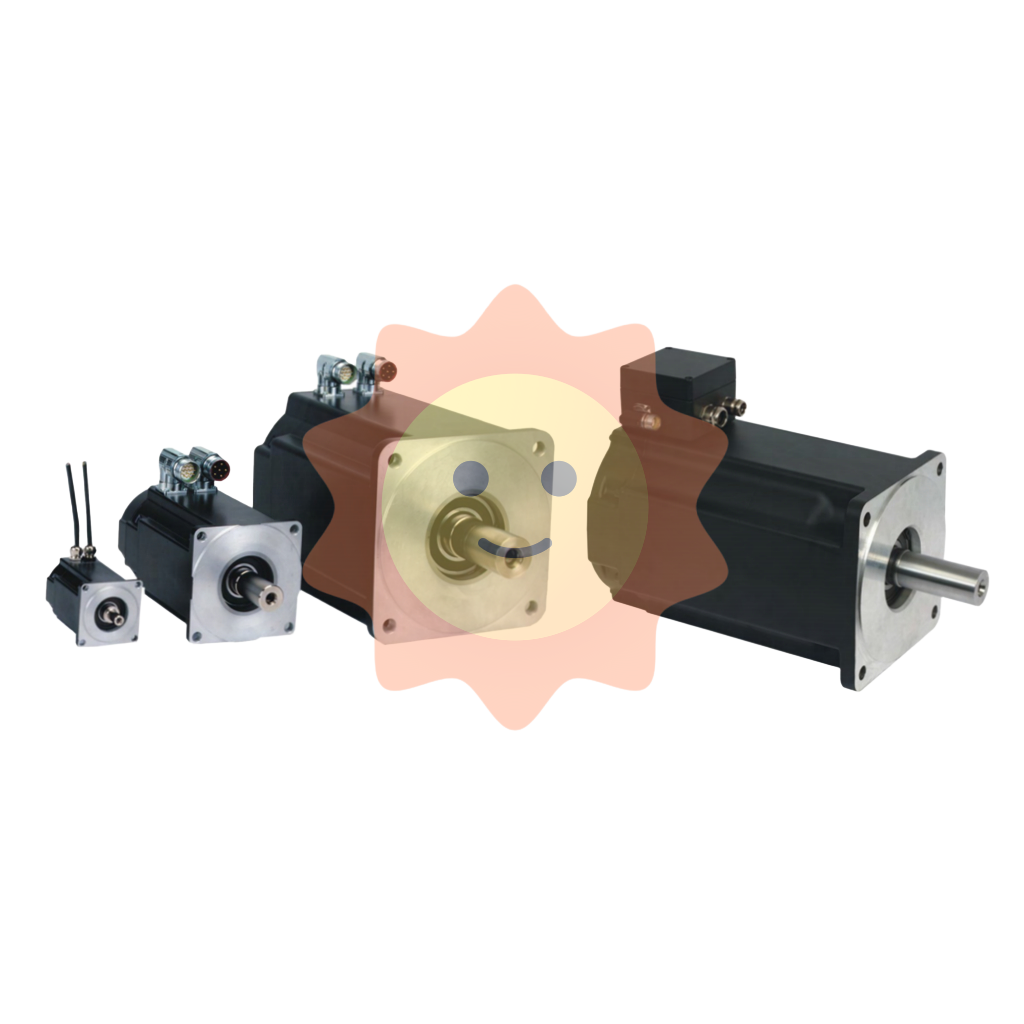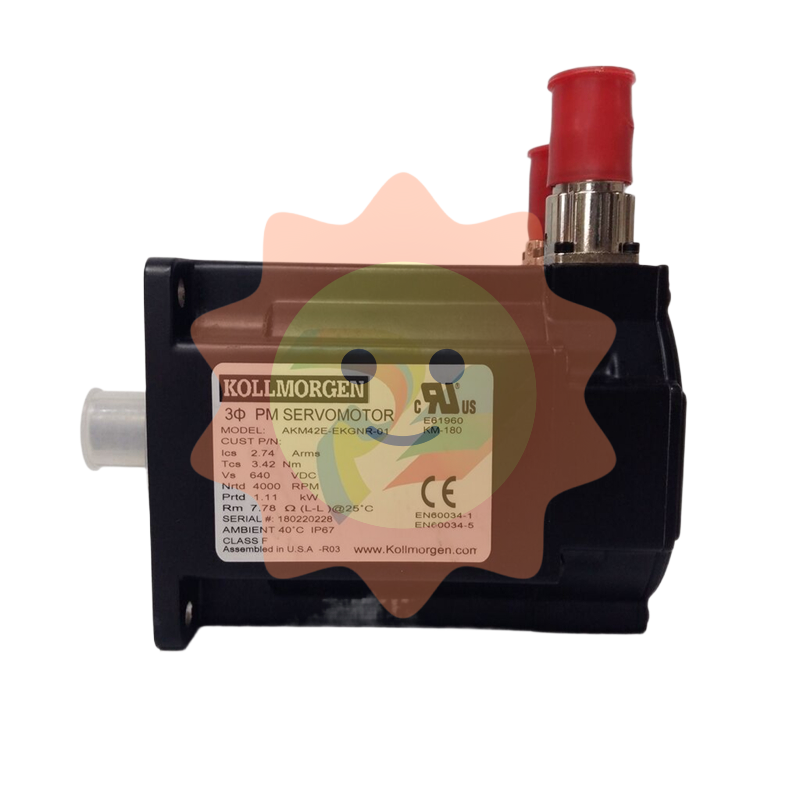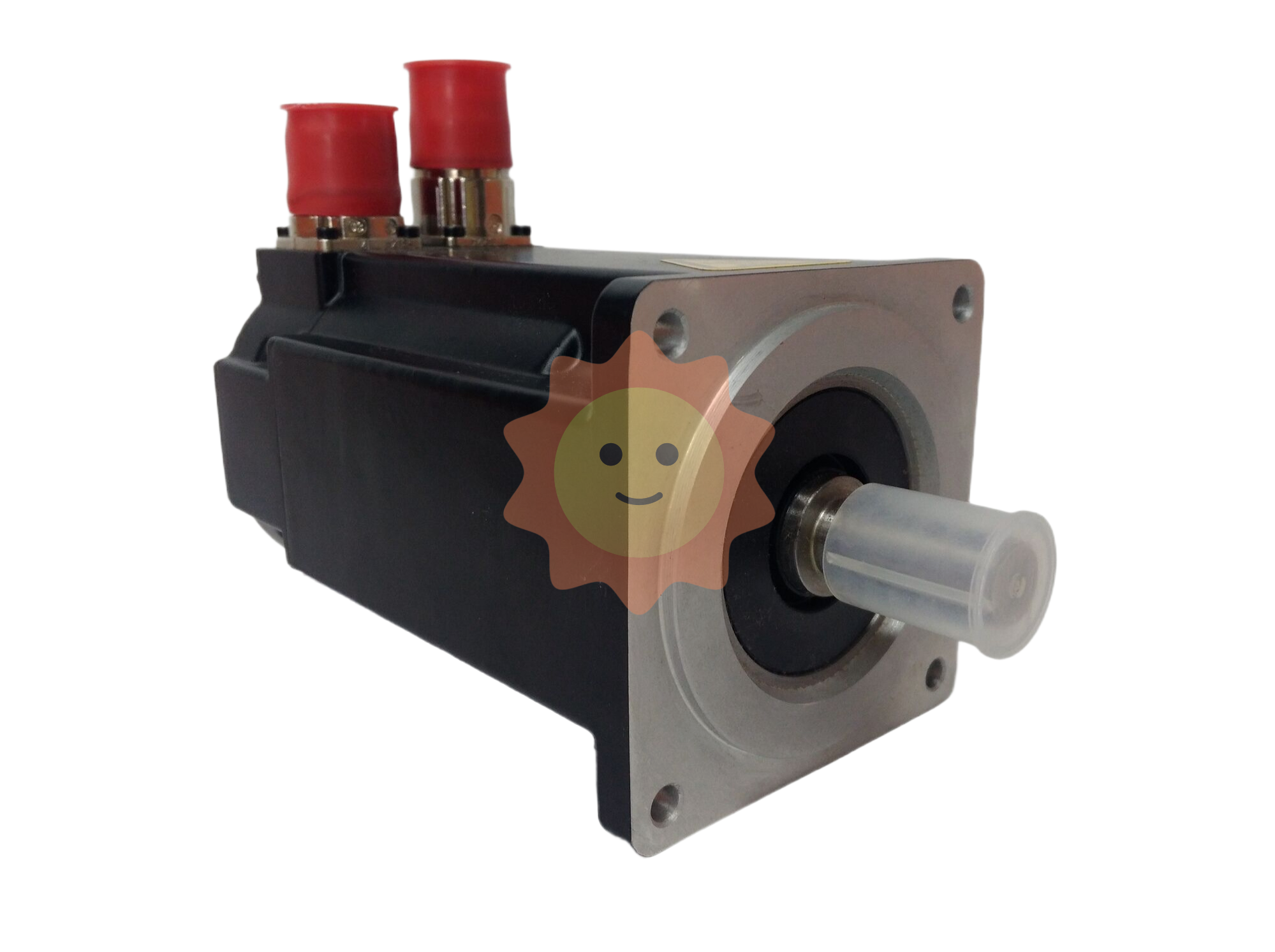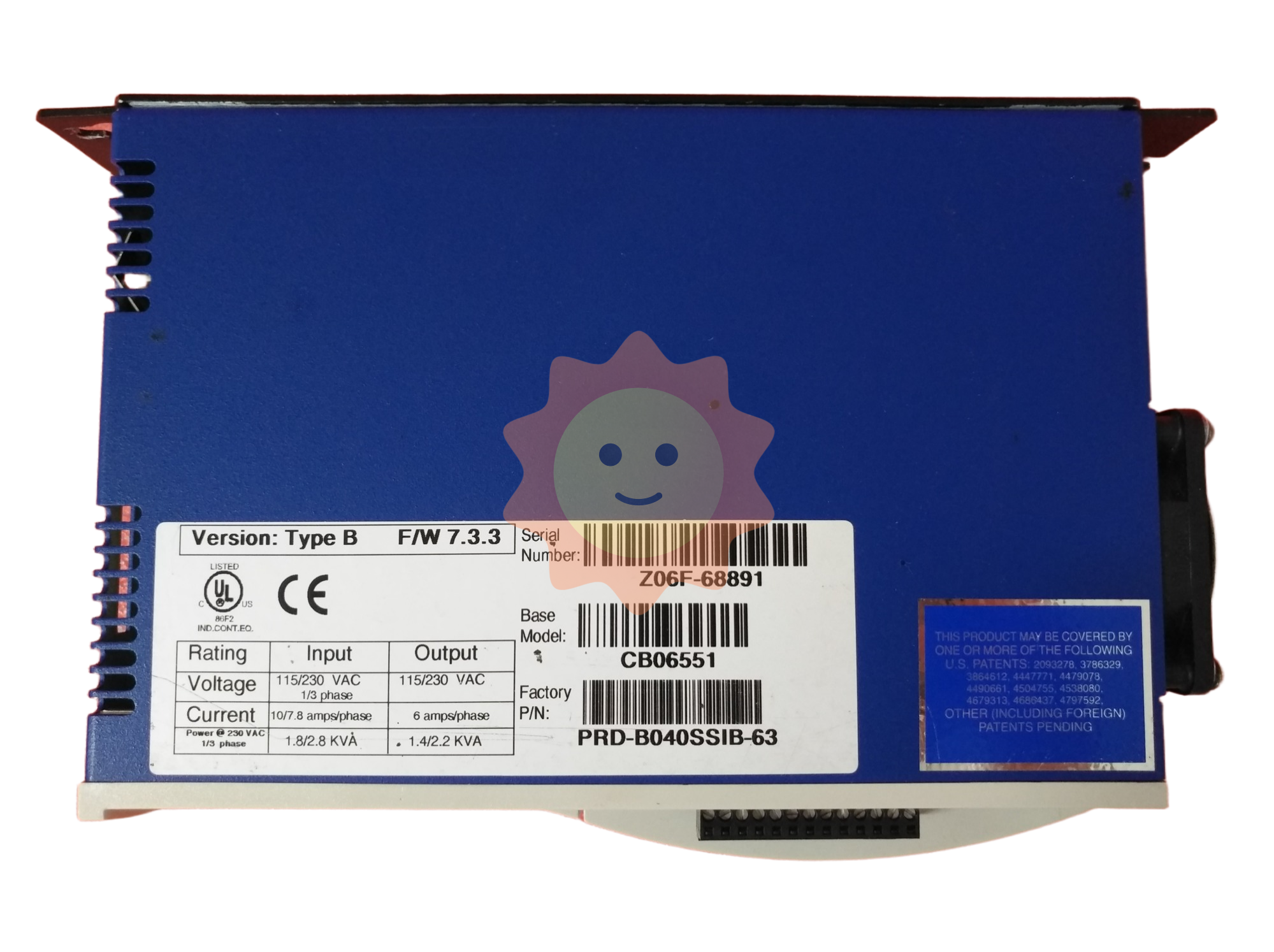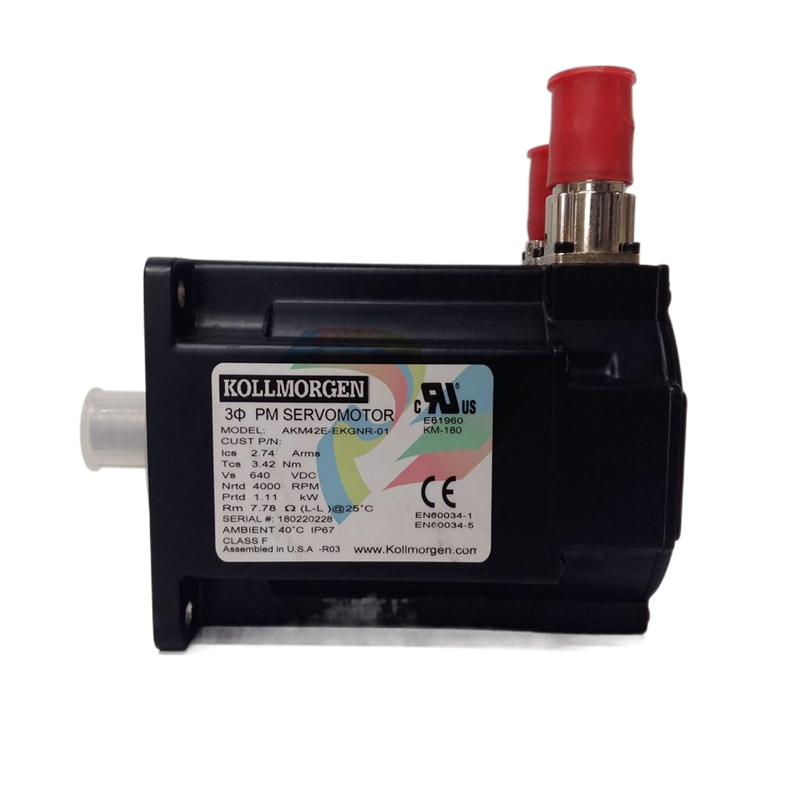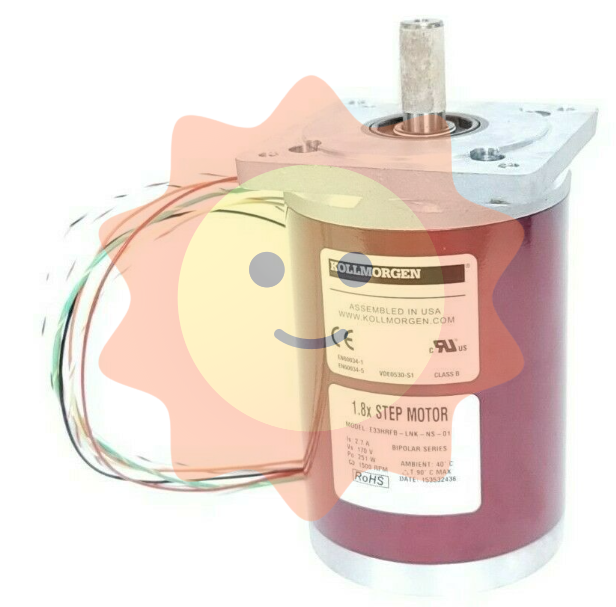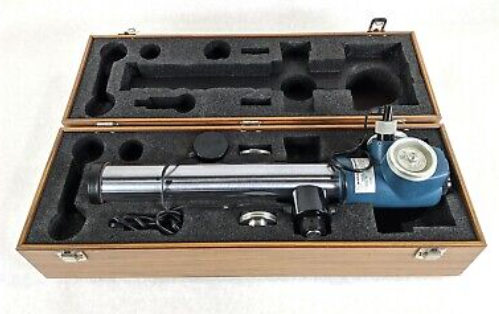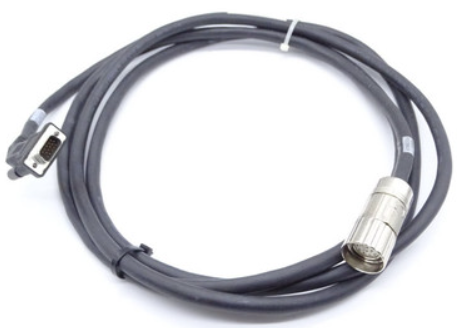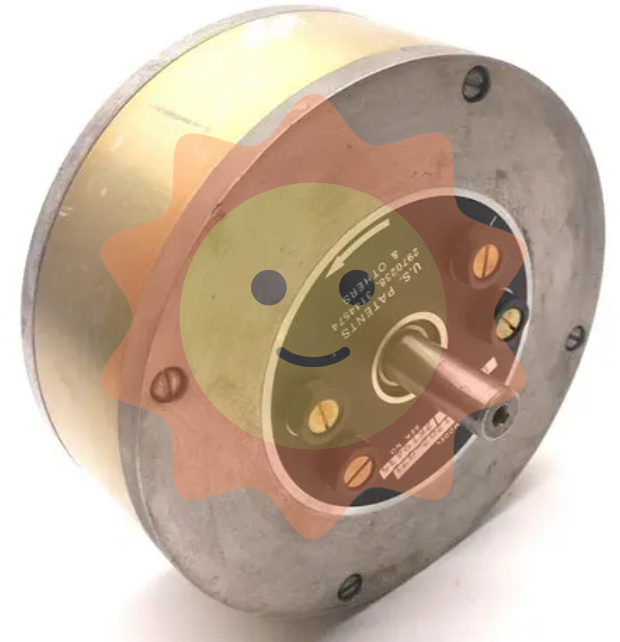Observation on ecological restoration of abandoned open-pit mines in the Yangtze River Economic Belt
In April 2019, ecological restoration of abandoned open-pit mines in the Yangtze River Economic Belt was fully launched. In the following two years, in accordance with the overall requirements of ensuring safety, restoring ecology, and taking into account the landscape, various local measures were taken to systematically restore the ecology of abandoned open-pit mines within 10 kilometers along the main and tributaries of the Yangtze River.
Recently, China Natural Resources News reporters went to Sichuan, Yunnan, Guizhou and Chongqing to explore the story of the Yangtze River Economic Belt smoothing the "scars" of the earth and building a strong ecological barrier in the upper reaches of the Yangtze River.
In early summer, the rivers on both sides of the Yangtze River are green and the mountains are green.
"In a few months there will be a full fruit season, and this year will be a great harvest!" At the navel orange base in Feilong Village, Zhangde Street, Chishui River, looking at the navel oranges growing happily all over the mountains, Yuan Qiang, vice chairman of Chenglin Sweet Orange Planting Professional Cooperative in Gulin County, Sichuan Province, is full of expectations.
The pool was full of green water and flowers. In the Gongluo Mountain Mine Park in Chongqing, the former dusty quarry has quietly transformed into a beautiful "small Jiuzhai", attracting a large number of photography enthusiasts.
In the mountains and valleys of northeast and northwest Yunnan, hidden hazards of mining geological disasters have been controlled, and large "scars" have become green Spaces and farmland. A crop of sweet and crisp peas, knocking on the door of farmers to get rich.
In the past two years, thanks to the ecological restoration of abandoned open-pit mines in the Yangtze River Economic Belt, the exposed mountains and rocks in Sichuan, Yunnan, Guizhou and Chongqing provinces (municipalities) have been covered with green, the problem of soil erosion has been effectively curbed, and the economic, ecological and social benefits have emerged. The concept of "clear water and green mountains are Jinshan and silver mountains" has a clear and vivid transformation path here.

Leverage capital to restore green and enrich the people
In Sichuan, 96.6% of the river system belongs to the Yangtze River system, and the basin area is close to 1/4 of the total area of the Yangtze River Economic Belt, which is an important water conservation area and the core area of ecological construction in the upper reaches of the Yangtze River. At the same time, the area through which the Yangtze River flows in Sichuan is also a high-altitude ecologically fragile area, a densely populated plain area and an industrial agglomeration area around the basin, where various ecological and environmental risks are superimposed and intertwined, and ecological governance points are scattered in a wide range.
In recent years, Sichuan Province has placed the restoration of the ecological environment of the Yangtze River in an overwhelming position, made overall plans for the development, utilization and control of territorial space, designated 13 red lines for ecological protection in the province, and established 166 nature reserves of various types. To construct an ecological security strategic pattern of "four zones and eight multi-point zones" with four ecological functional zones as the focus, eight ecological corridors as the framework, and typical ecosystems as the unit.
Ecological restoration of abandoned open-pit mines within 10 kilometers of the main tributaries of the Yangtze River is an important starting point for Sichuan to build an ecological barrier in the upper reaches of the Yangtze River. The local government has established a working mechanism for the arrangement and deployment of provincial leadership, the supervision and guidance of provincial departments, and the specific implementation of cities and counties, and has formulated documents such as the Technical Regulations for Ecological Restoration of abandoned open-pit Mines in the main and tributaries of the Yangtze River (Trial) and the Measures for the Management of ecological restoration Projects of abandoned Mines left over from history in Sichuan Province, reversing the construction period and wall map operations to accelerate the ecological restoration of mines.
In the flat, 10 cm tall citrus seedlings are green; On the slope, about 50 cm tall cypress seedlings are neatly arranged... In Yibin, Sichuan Province, the "capital city of the Yangtze River", the scene in front of us is difficult to be associated with the dump site. Li Jiamo, a villager in Cuihe village in Xuzhou district of Yibin, told China Natural Resources News that in the early years, because of the construction of levees, this 6.7 hectares of land became a waste field, machinery and equipment, sand and gravel piled up at will, and dust flew in the wind. However, after the ecological restoration of the mine, the abandoned land has become a new economic growth point in the village: the 13,000 citrus trees planted on reclaimed land can increase the direct economic income of about 98,900 yuan per year.
Actively exploring the market mechanism and promoting diversified investment is one of the key measures of the Sichuan Provincial Department of Natural Resources to promote the ecological restoration of abandoned open-pit mines in the Yangtze River Economic Belt. The Department issued a document supporting the organic combination of ecological restoration of historical abandoned mines and pilot projects for the reclamation and utilization of historical abandoned industrial and mining land, while opening up channels to clarify that eligible ecological restoration of abandoned open-pit mines in the Yangtze River Economic Belt can be included in the pilot project for the reclamation and utilization of industrial and mining abandoned land.
Sichuan Province Guangyuan City Wangcang County Donghe town thousand mu Xianju arbutus industry demonstration base, tasted the social capital investment in mine restoration "sweetness". Most of the land on which the base was built came from the restoration of abandoned mines. The reporter saw that the base arbutus trees were covered with green and dark red fruits, and the air was filled with a light fruit aroma. "At the beginning of this year, there may be more than 1,000 kilograms of fruit, which can sell more than 50,000 yuan." The fruit production is expected to reach tens of thousands of jin next year, and if it is calculated by 40 yuan per jin, the income can reach 400,000 to 500,000 yuan." Donghe town Hongya village branch secretary Gou Tianfu calculated an account.

Hongya Village integrates the funds of various projects such as poverty alleviation cooperation and ecological restoration in the east and west of Zhejiang Province, and plays the geographical advantage of only 10 minutes' drive from the county seat. On the one hand, the existing building space of the brick kiln factory is used to create a comprehensive cultural and creative tourism service of "Impression Kiln Bar" to increase collective income. On the other hand, the mining field was comprehensively treated and more than 20,000 arbutus were planted. Hou Xiuhua was a poor family in the four groups of Hongya village in Donghe Town, she said that before brick kiln burning destroyed the environment, few tourists came, and now people in the village gradually more, "I work in the Yangmei industrial park, plus the circulation of land to seed Yangmei dividends, a year down income of more than 20,000 yuan."
The relevant person in charge of the Sichuan Department of Natural Resources told reporters that at present, the ecological restoration area of abandoned open-pit mines within 10 kilometers along the main tributaries of the Yangtze River in Sichuan has reached 1894.57 hectares. The implementation of the project has greatly increased the vegetation coverage area in the region, improved the local ecological environment and production and living conditions, and promoted the income increase of the people around the project area.
We need both appearance level and efficiency
The construction site is brightly lit and the roar of excavators echoes through the valley. This is a late night in November 2020, the scene of the mine restoration project in Yongshan County, Yunnan Province, beside the Jinsha River. At this time, it is only 40 days before the end of the year to complete the main engineering task requirements of the project. "The Bureau of Natural Resources of Yongshan County stared closely, and if I did not stare at it personally at that time, I could not complete the task!" Recalling the scene at that time, the construction boss of the second bid section is still fresh.
The Jinsha River is the upper reaches of the Yangtze River, running from the Qinghai-Tibet Plateau to the red Earth Plateau, and entering the Yangtze River through seven prefectures (cities) of Diqing, Lijiang, Dali, Chuxiong, Kunming, Qujing and Zhaotong. According to the unified deployment of the Ministry of Natural Resources, by the end of 2020, Yunnan needs to complete the main body of 380 abandoned open-cut mine ecological restoration projects along the Yangtze River Economic Belt, with a restored area of 1,450 hectares. The good protection of Yunnan's "one river of green water" and the realization of "looking at the green mountains along the way" will help Yunnan actively serve and integrate into the construction of the "Belt and Road", further optimize the spatial pattern of Yunnan's development, improve production and living conditions along the river, and accelerate the development of ethnic minority areas and poor areas.
The person in charge of the ecological restoration Department of the Department of Natural Resources of Yunnan Province introduced that in order to complete the restoration task on time and with good quality, the Department of Natural Resources of Yunnan Province established a working mechanism, relying on the technical support of the Geological Survey of Yunnan Province, and organized the implementation of the ecological restoration project of mines. At the same time, the project organization and system guarantee have been strengthened, and a provincial work leading group has been set up to study and formulate rules and regulations such as the Reference Catalogue of Technical Standards for ecological restoration in open-pit Mines. All localities will organically combine mine ecological restoration with land circulation and disaster management, and strive to achieve the "appearance level" of clear water and green mountains, while making Jinshan Yinshan "value" greater.

Mine restoration requires a large amount of soil cover, the cost of buying soil from a distance is high, and it is difficult to find soil that can be used near the mining area. How to find a suitable soil source?
At the project acceptance meeting, a representative of the construction unit gave the answer: "We summarized two effective methods, which were promoted in Zhaotong City." On the one hand, find local villagers who are ready to build a homestead, free to help them dig the foundation and buy it at a low price. On the other hand, the slope of the local villagers will be leveled (slope modification), and the excess soil will be purchased at a low price, or the soil will be taken for free by cleaning the reservoir and fish pond for the local people, so that the people and we can get a win-win situation!"
The reporter learned that some projects sorted out a large amount of land in the implementation, but did not use the link between increase and decrease and market-oriented policies. Why is that?
"The policy procedures and requirements for linking the increase and decrease of urban and rural construction land are relatively complicated, and the task period of the ecological restoration project of the Yangtze River Economic Belt is only two years, which is too late; Moreover, most of the mining areas in the project area are in remote mountainous areas, and the conditions for utilizing marketization policies are poor. Zhaotong has few land and many people, and the abandoned industrial and mining land is basically restored into dry land, garden land and forest land according to the wishes of the local people, which not only improves the ecological environment of the mining area but also provides land resources for the local people to carry out agricultural production, especially the development of characteristic agriculture, which is conducive to consolidating the achievements of poverty alleviation in the Wumeng Mountain area." Zhaotong City natural resources Bureau ecological restoration section chief said.
There is no coincidence. There are many mining pits in the abandoned open-pit quarry formed by limestone mining of abandoned building stones in Hainan Village, Yulong County, Lijiang City, Yunnan Province, which has serious soil erosion and hidden danger of local disaster. To this end, the local investment of 1.54 million yuan to restore 305 mu of mining ecology. According to the policy and the wishes of the villagers, economic forest land has been planted in the relatively gentle site around the mining area, which has increased the income of some farmers. The remaining abandoned land is covered with soil and backfilled, planted with cedar, winter cherry, and sown with grass on more than 200 mu, achieving maximum ecological benefits with minimal investment.
Sum up experience and build up advantages
The Wujiang River and Chishui River, two important water channels in "Colorful Guizhou", are important tributaries of the upper reaches of the Yangtze River, and are also the main fronts for Guizhou to carry out ecological restoration of abandoned open-pit mines in the Yangtze River Economic Belt, involving 18 counties (cities and districts) of 5 cities (prefectures) in Guiyang, Zunyi, Bijie, Tongren and Qiannan Buyi and Miao Autonomous Prefecture, and 364 abandoned open-pit mines.
In Wanshan district of Tongren city, Guizhou province, private enterprises are introduced to develop industrial tourism, and old mining areas are transformed into scenic spots. The picture shows cinnabar Ancient Town.

In the "Protecting the ecology of the Upper Two Rivers, Painting the green waters and mountains in Guizhou", Guizhou Province set up a working group to incorporate the ecological restoration of abandoned open-pit mines in the Yangtze River Economic Belt into the functional performance target assessment of the provincial government, arrange the deployment on a quarterly basis, and vigorously promote it. The Department of Natural Resources of Guizhou Province has always taken the requirement of "jointly grasping great protection and not engaging in great development" as the starting point to promote the work, and assumed the political responsibility of ecological protection and restoration.
The reporter learned that Guizhou's typical experience has three aspects. First, it has achieved the "three accuracies" of mapping, design and implementation. Professional and technical personnel were organized to conduct field surveys of abandoned open-pit mines within 10 kilometers of the banks of the Wujiang and Chishui rivers, and provincial expert groups conducted spot checks and verification of geological environmental problems in mines to ensure accurate and effective restoration data. The county-level natural resources department organized professional technical units to prepare restoration plans, and the municipal level organized experts to review and approve the report to the provincial Department of Natural Resources for the record, to ensure that each mine restoration standard meets the requirements of the technical regulations. Finally, according to the design scheme, the construction unit is selected through public bidding, the supervision unit is hired to supervise the whole project, and the provincial Environmental Monitoring Institute is entrusted to supervise and guide.
Second, the use of big data verification to ensure effectiveness. It is a major difficulty in mine ecological restoration work because it involves scattered map spots and difficult to supervise on the spot. In this regard, the Guizhou Provincial Department of Natural Resources used the "Internet + remote sensing" technology to carry out normal dynamic remote sensing monitoring of the mine ecological restoration project, set up a monitoring platform for the spatial ecological restoration of Guizhou Province and the restoration and restoration of the mine geological environment, verified the mine restoration and management situation by using multi-source and multi-temporal remote sensing images, and realized the traceability supervision of the whole process of mine restoration and management.
"The mining geological environment governance and restoration supervision platform is a dynamic management platform based on the Internet. Relying on high-definition remote sensing images as the base map, the real-time progress of mining geological environment governance in Guizhou province is organized in the form of spatial database." Du Guomo, director of the Territorial spatial ecological Restoration Department of Guizhou Provincial Department of Natural Resources, said that the platform updates data in three months for a quarter to provide data reference and information guidance for the restoration work of local units. At present, the platform has been promoted and used in Guizhou province.
"The mine project is just the first stage of the platform." Du Guomo said that the supervision system and database that have been established will be applied to other ecological restoration projects in the future to ensure that all ecological restoration projects are stored in the database and tracked throughout the process. Finally, all the data are summarized to form a "ecological restoration map of Guizhou Province", which plays a more complete and accurate role in identifying, recording and guiding the overall ecological construction of Guizhou.
Third, remarkable progress has been made in poverty alleviation. Guizhou has integrated poverty alleviation into the ecological restoration and management of abandoned open-pit mines, absorbed local surplus labor, and allowed villagers to "obtain the output of new cultivated land, obtain labor income, and obtain resource assets to become shareholders" in the implementation of mine restoration.

Tongren Wan Shan Mercury Mine has combined geological environment governance with the construction of a mine park, leveraged market capital to invest 2 billion yuan to tap the tourism potential of the mine, promoted the transformation of the local government from "selling resources" to "selling scenery", helped 580 poor households build an employment and entrepreneurship platform, 750 people got rid of poverty through shares and dividends, and directly solved 800 people's employment. In September 2018, the Wanshan District of Tongren City was successfully lifted out of poverty, and the economic growth rate in the past three years has been higher than the average level of the country, Guizhou Province and Wuling Mountain area.
Guizhou has also actively explored the basin ecological compensation mechanism. In December 2019, with the approval of the Guizhou Provincial People's Government, Guizhou Provincial Department of Natural Resources, Provincial Development and Reform Commission, Provincial Department of Finance, Provincial Department of Water Resources, and Provincial Department of Ecology and Environment jointly issued the "Ecological Compensation Measures for the River Basins Involved in the Central Guizhou Water Conservancy Project (Trial)", initially establishing the upper and lower river basin governments of the Central Guizhou Water Conservancy Project. The horizontal compensation mechanism with financial transfer payment as the main way has broadened the funding sources for the next step to strengthen the protection of river basin water sources and ecological restoration. This experience was included in the list of reform measures and promotion of the National ecological civilization Pilot Zone in 2020.
Flexible innovation breakthrough difficulties
"After the steep wall is cleared, a 40-centimeter tube bundle is hung on it, which is equipped with nutritious soil and seeds, and the plants can survive by attaching an active protective net to the cliff wall." Chongqing Wushan County Jianping abandoned open-pit mine steep wall management project person in charge of the project told reporters. If not introduced, who can think of the present green mine, has had a difficult green experience.
Gongluo Mountain Mine Park, Chongqing.
Former limestone mining has left the village with 6.4 hectares of abandoned opencast mines. In October 2019, engineering personnel found in the implementation of steep wall governance that it was difficult for plants to survive because the high steep slope could not be covered with soil. However, the restoration work is imminent, for this reason, technicians have created a new technology for ecological restoration of high and steep slopes through repeated trials, and overcome the difficulties. This is a silhouette of the city of Chongqing promoting the restoration of abandoned open-pit mines along the Yangtze River Economic Belt.
Chongqing is the last gateway of the ecological barrier in the upper reaches of the Yangtze River and plays an irreplaceable role in the ecological security of the middle and lower reaches of the Yangtze River. In recent years, Chongqing has steadily promoted the ecological restoration work of abandoned open-pit mines, combined with local realities, and completed the restoration task of 2,214 hectares of abandoned open-pit mines in the Yangtze River Economic Belt with good legal means and market-oriented methods.
- EMERSON
- Honeywell
- CTI
- Rolls-Royce
- General Electric
- Woodward
- Yaskawa
- xYCOM
- Motorola
- Siemens
- Rockwell
- ABB
- B&R
- HIMA
- Construction site
- electricity
- Automobile market
- PLC
- DCS
- Motor drivers
- VSD
- Implications
- cement
- CO2
- CEM
- methane
- Artificial intelligence
- Titanic
- Solar energy
- Hydrogen fuel cell
- Hydrogen and fuel cells
- Hydrogen and oxygen fuel cells
- tyre
- Chemical fiber
- dynamo
- corpuscle
- Pulp and paper
- printing
- fossil
- FANUC
- Food and beverage
- Life science
- Sewage treatment
- Personal care
- electricity
- boats
- infrastructure
- Automobile industry
- metallurgy
- Nuclear power generation
- Geothermal power generation
- Water and wastewater
- Infrastructure construction
- Mine hazard
- steel
- papermaking
- Natural gas industry
- Infrastructure construction
- Power and energy
- Rubber and plastic
- Renewable energy
- pharmacy
- mining
- Plastic industry
- Schneider
- Kongsberg
- NI
- Wind energy
- International petroleum
- International new energy network
- gas
- WATLOW
- ProSoft
- SEW
- wind
- ADVANCED
- Reliance
- YOKOGAWA
- TRICONEX
- FOXBORO
- METSO
- MAN
- Advantest
- ADVANCED
- ALSTOM
- Control Wave
- AB
- AMAT
- STUDER
- KONGSBERG
- MOTOROLA
- DANAHER MOTION
- Bently
- Galil
- EATON
- MOLEX
- Triconex
- DEIF
- B&W
- ZYGO
- Aerotech
- DANFOSS
- KOLLMORGEN
- Beijer
- Endress+Hauser
- MOOG
- KB


Email:wang@kongjiangauto.com



